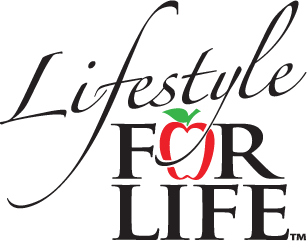
HOW TO READ THE NUTRITIONAL FACT PANEL ON YOUR FOOD PACKAGES
It is a good thing to eat a home cooked meal, made with love, delicious and nutritious. As much as we would like to, time and knowledge does not always allow this to be a reality. So, from time to time most of us rely on packaged foods to help with meals.
First off, not all packaged foods are bad. For example, frozen food like berries, corn, peas, broccoli are better for us especially in the winter months when local produce is not readily available. Frozen foods are picked at the peak of ripeness and flash frozen, so they maintain most of their nutrition. Fresh vegetables in the winter usually travel a long way to our tables, are usually picked before full maturity, and ripen on the way to your store. The best nutrition from fruits and vegetables comes when it is allowed to ripen on the vine.
It is all about making the best choice, to help you provide the best food, made with love for yourself and your loved ones. When trying to make better choices on packaged foods, here are 5 simple things to remember:
- What is the serving size? All the information on the Nutrition Fact table is based on this. This makes the comparisons across products comparable. It is important for you to decide if the serving size is what you usually consume, and make your decisions based on that information. For example if the serving size is for 4 chips and you know you never eat just 4, then do the math and decide if the choice is a good one.
- If the Daily value of an element is 5% then there is a little amount. If it is 15% or more there is a lot. For example, if a product has 30% Sodium per serving, – there is a LOT is salt in this product. You should only be consuming about 2300 mg of sodium per day.
- Ingredient lists are in descending order, meaning the 1st item on the list is the most in the product.
- Artificial flavours (talking to Canadian’s only). If your product is natural or Organic, but you see in your ingredient list artificial flavour, it may not be bad. By Canadian law, if the natural flavour mimics a natural flavour and is used to enhance the flavour of a product it must be labeled artificial flavour, even if the source is natural. If you are unsure always ask the manufacture for the source of the flavour.
- Make refrigerated or frozen product your 1st choice over shelf stable or canned packaged foods. Processing destroys some natural nutrients and require preservatives to extend the shelf life.
Also, traditional packaged foods can be higher is salt and fats, so it is important to review the Nutrition Fact Table on the package to evaluate your choice. Remember fats are an important part of a healthy diet: They provide essential fatty acids, keep our skin soft, deliver fat-soluble vitamins, and are a great source of energizing fuel. But it’s easy to get confused about good fats vs. bad fats, how much fat we should eat, how to avoid artery-clogging trans fats, and the role omega-3 fatty acids play in heart health.
There are basically 2 types of Fats – Unsaturated fats (good) & Saturated Fats (not so good) these are also broken down into additional categories – but we will talk about that more in another blog.
I hope the chart below will help as you navigate your food choices on shelf.


1 Comment. Leave new
Thanks meant for furnishing these awesome content material.